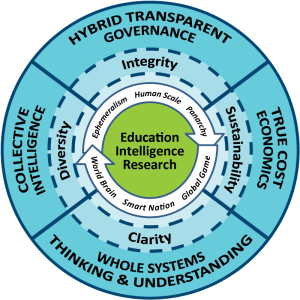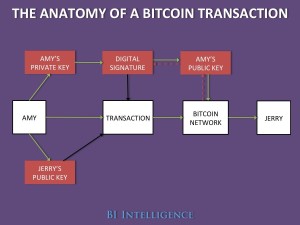
Inferring International and Internal Migration Patterns from Twitter
My QCRI colleagues Kiran Garimella and Ingmar Weber recently co-authored an important study on migration patterns discerned from Twitter. The study was co-authored with Bogdan State (Stanford) and lead author Emilio Zagheni (CUNY). The authors analyzed 500,000 Twitter users based in OECD countries between May 2011 and April 2013. Since Twitter users are not representative of the OECD population, the study uses a “difference-in-differences” approach to reduce selection bias when in out-migration rates for individual countries. The paper is available here and key insights & results are summarized below.







